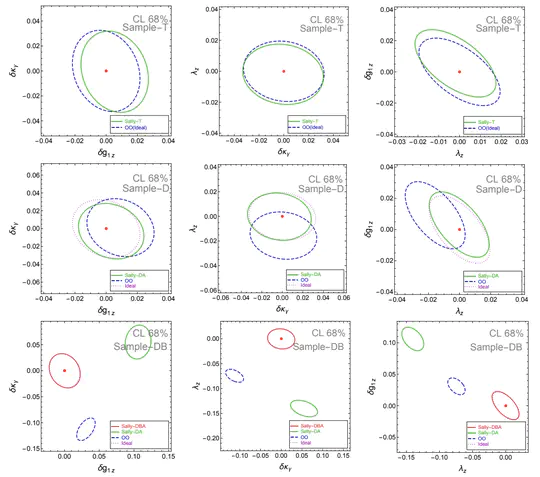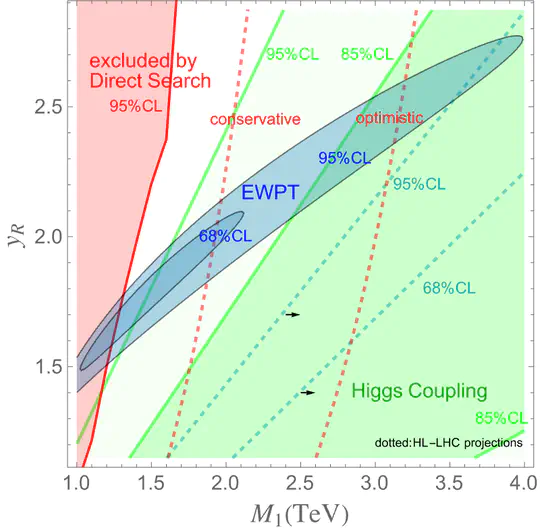Biography
Hi 👋 Shengdu Chai here.
- 🏃 Currently working on AI for Science (Physics).
- Graduate student at Fudan University.
- Advisor: Xincheng Xie @ Fudan.
- Current a first year grad student
- 🪜 Neural Network Quantum State.
- Advisor: Lei Wang @ CAS and Chen Lin @ Shanghai AI Lab
- 🔧 Past research experiences are about High Energy Physics, including a work on W mass and Simulation Based Inference
- Advisor: Jiayin Gu @ Fudan and Lian-Tao Wang @ UChicago
- You can find them on my inspire
- Graduate student at Fudan University.
- 📧 Email address: sdchai24@m.fudan.edu.cn
Download my resumé .
Interests
- CMT
- AI
- AI4SCI
Education
BSc in Physics, 2024
Fudan University
PhD in Physics, 2028
Fudan University
Recent Publications
Quickly discover relevant content by filtering publications.
Research Experience
Explanation of New CDF W Mass
- Explained both the new W boson mass $m_W^{\rm CDF-II}$ reported by Fermi Lab and the long existed discrepancy of forward-backward asymmetry $A_{FB}^{0,b}$ by introducing new vector-like quarks
- Explored the model properties by performing a global electroweak fit. Found that the model is consistent with the current direct-search limits at the LHC, the HL-LHC, can cover most of the regions of the parameter space preferred by the electroweak fit. Determined that the one-loop contribution to Higgs couplings in this model was also relevant, which is consistent on current measurement and may be excluded on future collider
- Determined that the mass of the exotic quark (with charge $-4/3$) is required to be below 4 TeV at the 95% confidence level, and the best-fit point corresponded to a mass of around 1.5 TeV
Probing BSM effects with machine learning
- Aimed to apply machine learning techniques to the phenomenological analyses of the Standard Model Effective Field Theory (SMEFT), focusing on the measurements at future lepton colliders
- Performed machine learning methods with simulations of $e^{+}e^{-} \to W^{+} W^{-} $, including some systematic effects to determine the likelihood ratio in terms of the Wilson coefficients of dimension-six operators in this process.
- Determined that the machine learning method performed better than the traditional methods, such as Optimal Observable, which corrected the large bias of model parameters and gave strong constraints
- Planned to explore the applications of these methods to other processes, such as top-pair productions, and using the more realistic datasets from colliders
Projects
*
Probing BSM effects in $e^{+}e^{-} \to W^{+}W^{-}$ with machine learning
Apply machine learning techniques to the phenomenological analyses of the Standard Model Effective Field Theory (SMEFT), with a focus on the measurements at future lepton colliders. A typical process of $e^{+}e^{-} \to W^{+}W^{-}$ was studied.

Contact
- sdchai24@m.fudan.edu.cn
- (+86)13968589013
- 220 Handan Rd, Yangpu District, Shanghai, Shanghai 200437
-
Monday 10:00 to 13:00
Wednesday 09:00 to 10:00 - DM Me
